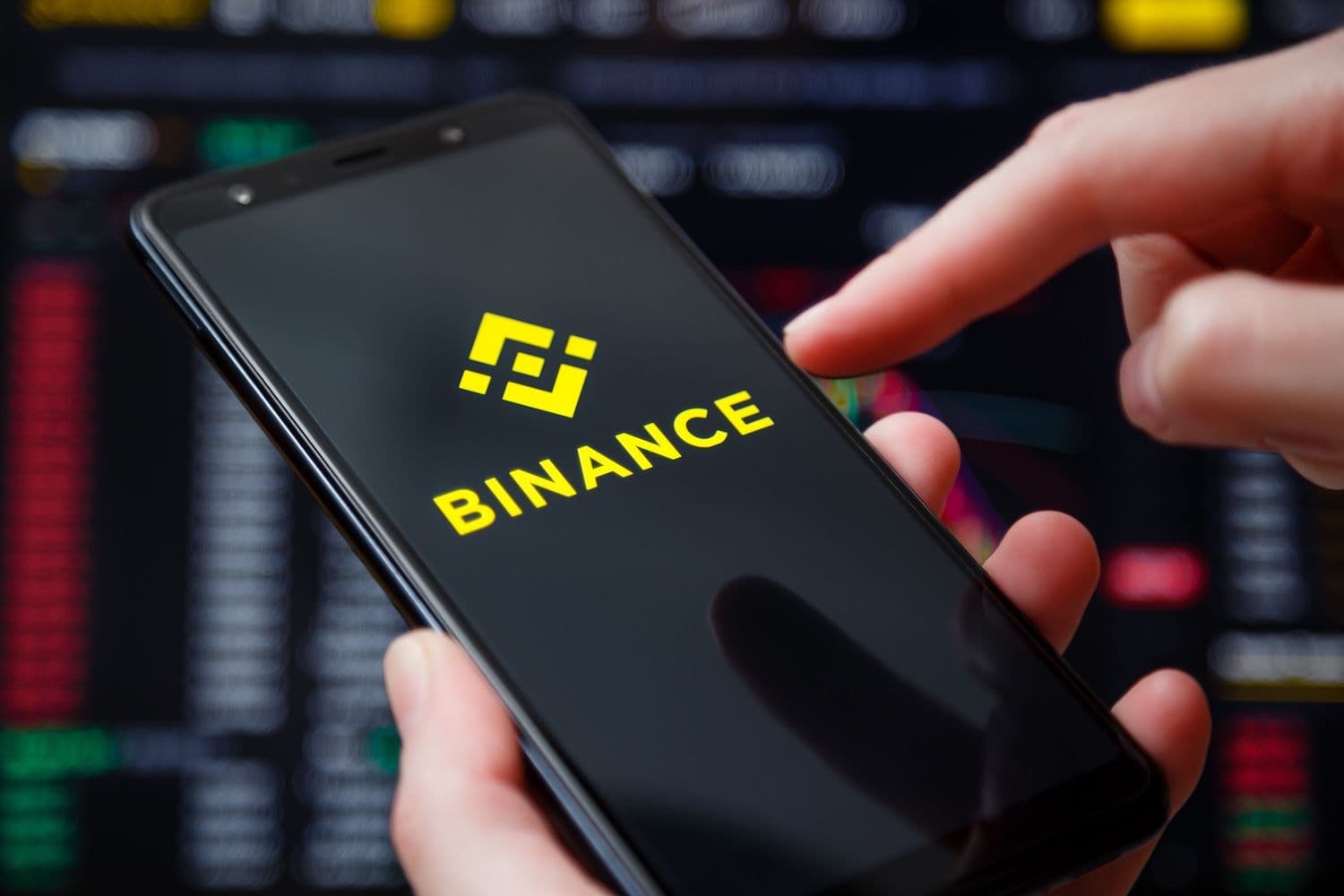Binance, the world's largest cryptocurrency exchange, temporarily suspended all futures trading operations earlier today following technical difficulties that affected its Futures UM trading platform. The outage lasted less than one hour before services were fully restored, but the incident prompted immediate comparisons to collapsed exchange FTX among some users.
What to Know:
- Binance halted all futures trading for under one hour due to technical issues affecting the Futures UM platform where traders use stablecoins as margin
- Some users praised the company's transparency while others criticized the disruption and drew comparisons to the failed FTX exchange
- The incident follows recent temporary suspensions of USDC withdrawals and other maintenance-related service interruptions at the exchange
User Reactions Split on Exchange Response
The company notified users through official channels about the problem affecting Futures UM trading, stating that its technical team was working to resolve the issue promptly. "Our team is working to resolve this as soon as possible. New updates will be shared here. Thank you for your patience," the exchange announced during the outage.
Social media responses varied significantly. Multiple users on X praised Binance for its transparent communication about the technical problems. However, other traders expressed frustration with the service disruption.
Some critics went further, drawing parallels between Binance and FTX, the former cryptocurrency giant that collapsed in 2022 amid allegations of customer fund misuse and liquidity mismanagement. These comparisons surfaced despite the brief nature of the current outage.
The exchange confirmed resolution within the hour, announcing that "the issue affecting Futures UM trading on Binance has been resolved." All futures trading operations returned to full functionality, according to the company statement.
Understanding Binance Futures Trading
Futures UM on Binance represents contracts where traders utilize stablecoins as margin for their positions. Profits from these trades are distributed in USDT or other similar tokens rather than the underlying cryptocurrency.
These contracts come in two primary forms. Perpetual contracts operate without expiration dates, allowing traders to maintain positions indefinitely. Delivery contracts have specific expiration dates when the underlying asset must be delivered or settled.
The platform serves as a critical component of Binance's trading ecosystem. Professional traders and institutions frequently use these futures contracts for hedging strategies and speculative trading activities.
Recent Service Interruptions Mount
This latest incident represents the most recent in a series of temporary service disruptions at the exchange. Several weeks prior, Binance conducted wallet maintenance for USDC withdrawals across multiple blockchain networks including Ethereum, Polygon, Arbitrum, Base, and Optimism.
The company temporarily halted USDC withdrawals through these networks to support the maintenance procedure. Services were restored following completion of the wallet upgrade process.
Before that maintenance, the exchange paused all deposits and withdrawals during a live upgrade of its wallet network infrastructure. These planned disruptions are distinct from the unexpected technical issue that affected futures trading today.
Cryptocurrency and Trading Terms Explained
Understanding the technical aspects of cryptocurrency trading helps contextualize these service disruptions. USDC represents a stablecoin pegged to the US dollar, widely used as collateral in trading operations.
Blockchain networks like Ethereum, Polygon, and Arbitrum serve as the underlying infrastructure for cryptocurrency transactions. Each network has distinct characteristics regarding transaction speed, costs, and capabilities.
Futures trading allows investors to speculate on cryptocurrency prices without owning the underlying assets. Margin trading enables users to leverage their positions using borrowed funds, potentially amplifying both gains and losses.
Stablecoins like USDT provide price stability in volatile cryptocurrency markets. These tokens maintain their value relative to traditional currencies, making them popular choices for trading margins and profit settlements.
Infrastructure Maintenance Proves Essential
System improvements remain vital for cryptocurrency exchanges operating at Binance's scale. These upgrades optimize user experience, enhance security protocols, and contribute to overall ecosystem stability.
Maintenance procedures typically result in service disruptions lasting anywhere from minutes to several hours.
The duration depends on the complexity of the upgrades and any unexpected technical challenges that emerge.
Planned maintenance differs significantly from unexpected outages like today's futures trading suspension. Exchanges generally announce scheduled maintenance in advance, allowing users to adjust their trading strategies accordingly.
Closing Thoughts
Today's brief futures trading suspension at Binance demonstrates both the technical challenges facing major cryptocurrency exchanges and the varied responses these incidents generate among users. While the outage lasted less than an hour and services were quickly restored, the incident highlights the ongoing operational complexities of maintaining large-scale trading platforms in the rapidly evolving cryptocurrency sector.

